
Nothing can make a long day on the trails less fun than a poorly shifting bike. Adjusting things on your own is super simple. Front derailleurs are all but dead on mountain bikes, so I’m going to focus on adjusting the rear. First off, an anatomy lesson.
For a simple shift adjust, all you need to worry about is the two “limit screws” and your cable tension. Limit screws, as their name implies, limit the range of motion of the derailleur at each end of the cassette. The high limit screw sets the derailleur position for the smallest gear, and the low limit screw does the same for the largest gear. As you turn the limit screws, the derailleur will move left or right.
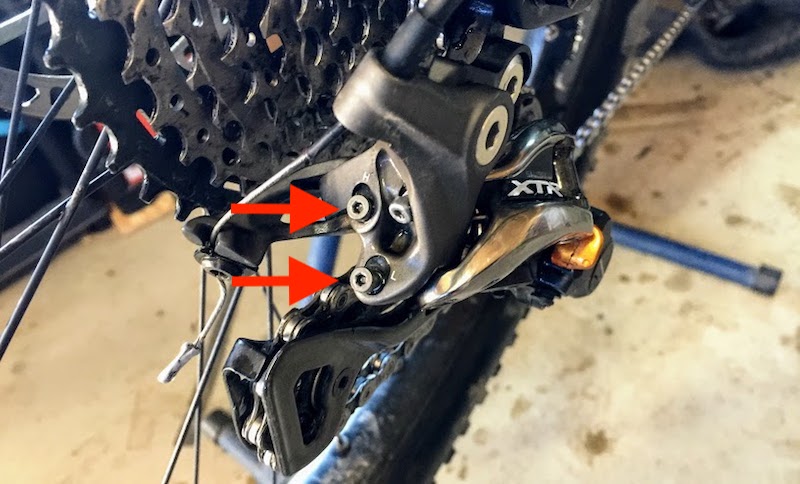
Cable tension is what causes the derailleur to move within the range defined by the limit screws. Increasing cable tension will cause the derailleur to move up the cassette (easier gears) and visa versa for less cable tension. You set this using the barrel adjuster, which will either be located where the cable leaves your shifter, or where the cable enters your derailleur. As you turn it one direction or the other, a (usually) silver sleeve moves out or in, creating more or less tension on the cable.
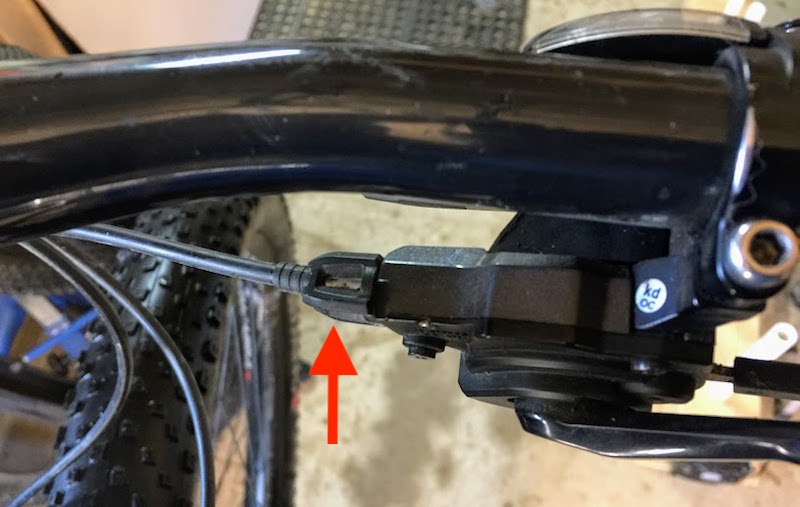
All you’ll need for this adjustment is a few hex wrenches and maybe a screw driver, depending on what brand of components you use. Here’s how to do it:
Step 1: Shift into the smallest gear. I also like to drop my cable tension as low as possible. Do this by turning your barrel adjuster so the sliver sleeve is all the way in. If you’re out of shifts and your chain still isn’t in the smallest gear, don’t worry, step 2 should remedy the issue.
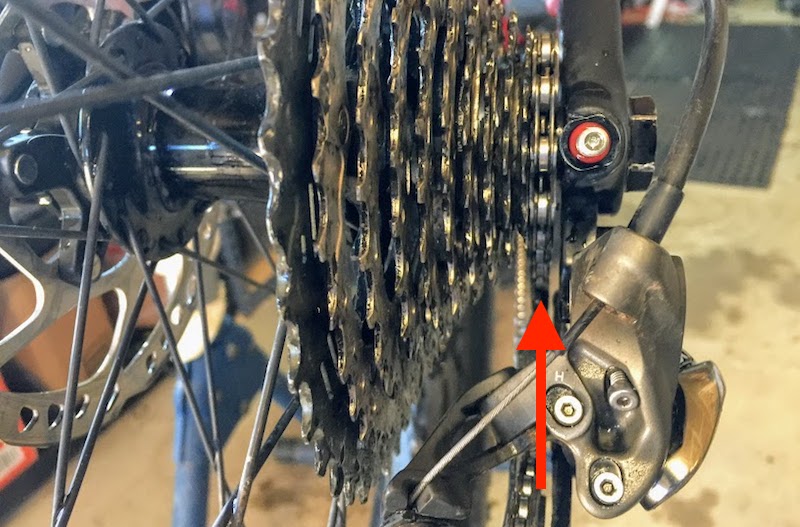
Step 2: Adjust the high limit screw, usually marked with an “H”. Again, this will dictate your derailleur position when in the smallest gear. Turn the screw as needed until the chain is in line with the smallest gear as it runs through the derailleur. Viewing from the rear of the bike is the best perspective. If you turn the cranks and the chain runs smooth and quiet on the smallest gear, you’ve likely got things adjusted well.
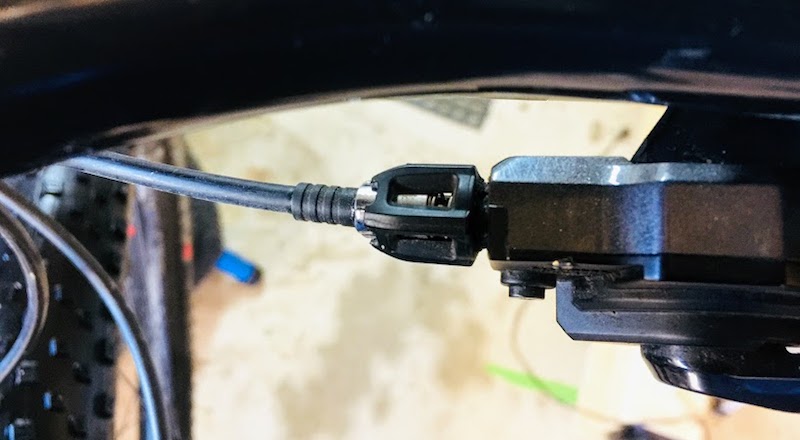
Step 3: Tension the cable properly. Now that the derailleur is in the right spot at the bottom of your cassette, cable tension will dictate how it moves with each shift. Shift one click, turn the cranks, and see what happens. If the chain doesn’t shift, you need to to add cable tension. Turn the barrel adjuster so that the silver sleeve starts moving out. Eventually the chain will shift up into the second gear. Go back and forth a few times and continue to tweak your cable tension until you get a smooth shift.
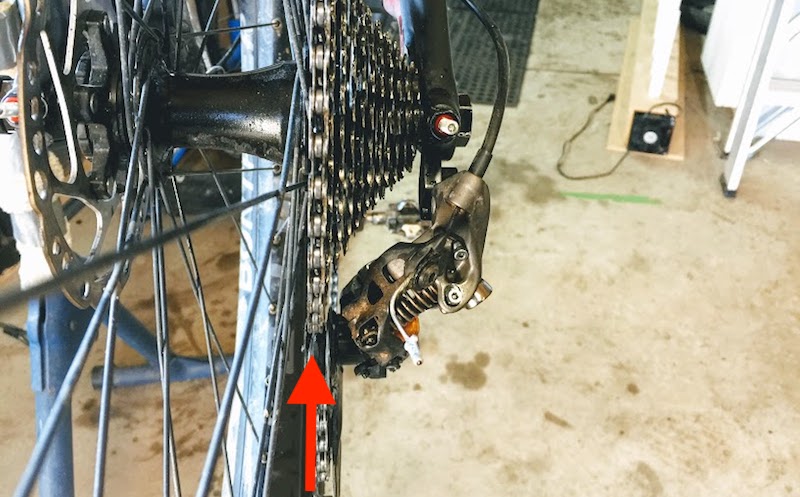
Step 4: Carefully shift up into the largest gear. I say carefully, because if your low limit screw is way off, you can throw your chain into your spokes, which is no fun. Your low limit screw may also not allow you to get into the largest gear which is OK. Turn the low limit screw (marked with an L) as needed so the chain ends up perfectly in line with your largest gear. If the chain runs smooth and quite on this gear, things are probably adjusted well.
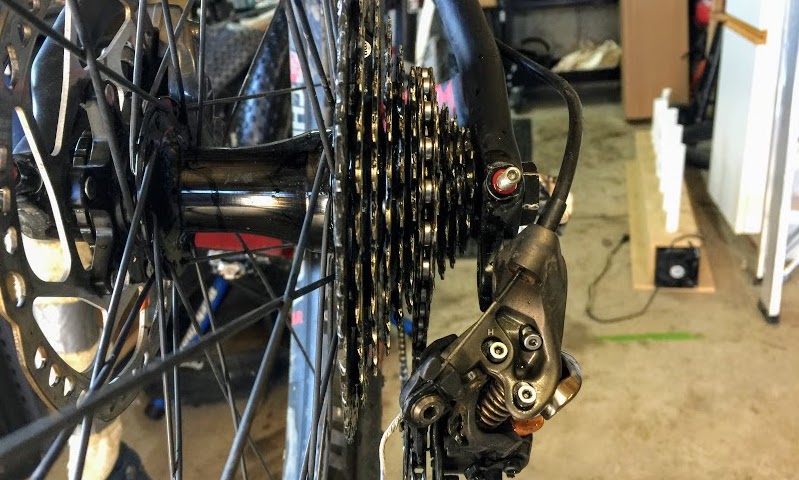
Step 5: Fine adjustments. Everything now should be pretty close. Shift up and down the cassette and note how the chain moves. If shifts up into easier gears hesitate or aren’t smooth, you likely need to add some cable tension (barrel adjuster). If shifting down into harder gears is a problem, you probably need to lower the cable tension a bit. If things work great except for near the smallest and largest gears, consider tweaking your limit screws ever so slightly.
The basics of a shift adjust are easy, but getting things absolutely perfect can take some patience and practice. Cables do stretch over time, and not every cassette is exactly the same, so you’ll likely have to make some minor adjustments every so often.
Did all this and your shifting is still a mess? Is your derailleur not fully screwed into the hanger? Is your derailleur hanger bent? Are your cables and housing ancient? How old is that chain and cassette? If you just can’t figure it out, save yourself the frustration and make a visit to your local mechanic.
One thought on “How To: Properly Adjust Your Bike Shifting. It’s Super Easy.”